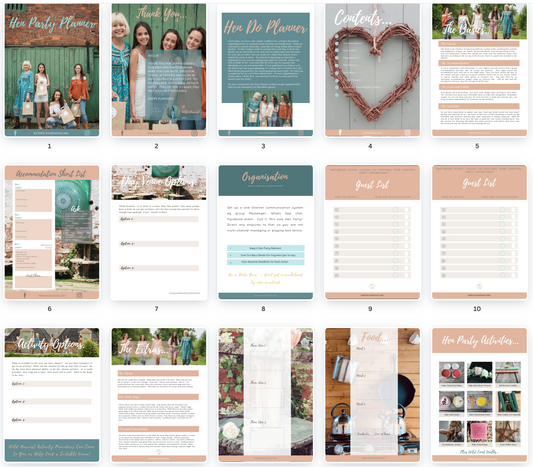
The Romantic But Impractical Concept of The Woodland Yurt
The Romantic but Impractical Concept of The Woodland Yurt
I am always puzzled when I see the phrase ‘Woodland Yurts’. It’s a beautiful phrase to look at yet a totally impractical combination of virtutally flat roof, canvas and leaf-fall.
A canvas structure with a roof that doesn’t yield easy water flow due to its lack of slope, will hold a mould-favourable combination of decaying vegetation from the trees above and rainwater.
I know from our French woodland cabin exactly how much can collect on a roof in one year, it requires a small boy (my son) with a broom to go up and sweep them all off. If we fail for two years running, then we get a leaky roof where the pine needle mounds collect and hold the water. The pitch on the cabin is greater than that on most yurts.
This combined with the lack of the drying and bleaching effects of sunlight in a woodand means it soon goes green and looks tatty. Working in the glamping industry for over a decade, I have yet to see a Woodland Yurt looking anything but battered even just a year after installation.
Unless you go for khaki green of course, but then we are getting into army colours, which isn’t exactly holiday-like.
Timbatipi will collect some leaf litter if placed in woodland, but the steep angle and real slate option ensures any leaves that collect will be washed down with the next heavy rain, or a gentle spray with a pressure washer, due to gravity.
If you must go for a yurt, don’t put it in a woodland, but an open field. Remember this type of structure was designed for the treeless Mongolian stepps where wind and sun could dry them and where there was a much lower average rainfall to start.
Happy Glamping Unit Buying – I hope you find these tips useful!
Picture above showing the dry windy climate yurts were designed for!






